How to Thicken BBQ Sauce – Ways Revealed
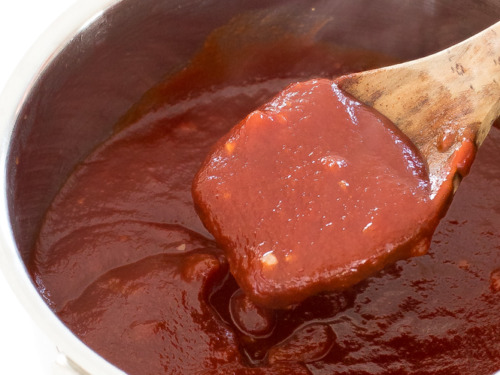
When it comes to mastering the art of BBQ, knowing how to thicken BBQ sauce can be a game-changer. Whether you’re slathering it on ribs, basting chicken, or serving it on the side, the right sauce consistency can elevate your dish from good to finger-lickin’ great. In this article, we’ll dive into the various methods for thickening BBQ sauces, emphasizing the importance of choosing the right technique for each type of sauce.
Why Sauces May Need Thickening
- Ingredients: Some recipes might include high amounts of liquid ingredients like vinegar, broth, or fruit juices that can thin the sauce. Depending on the ingredients, the consistency of your sauce can vary widely.
- Cooking Methods: Slow cooking and simmering can sometimes lead to a thinner sauce if the heat isn’t sufficient to reduce the liquid. Also, adding ingredients at the wrong time during cooking can affect the thickness.
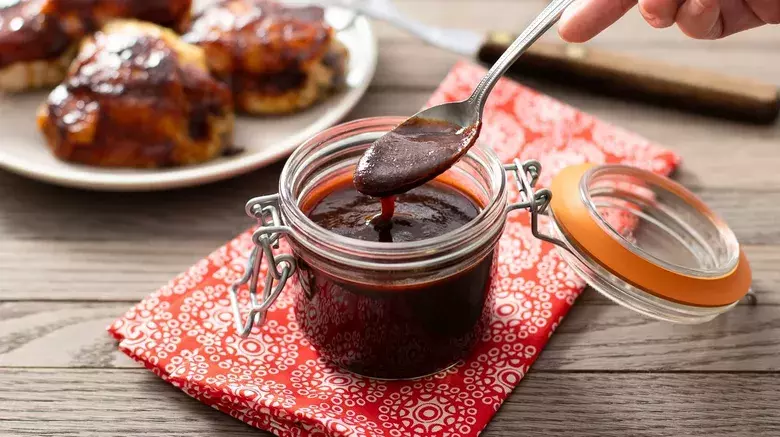
- Recipe Adjustments: Sometimes, following a recipe too closely without considering your own preferences or cooking conditions can result in a sauce that’s not as thick as you’d like. Adjusting the ingredients and cooking time can help achieve the perfect consistency.
- Evaporation: If the sauce is not cooked long enough, there might not be enough evaporation, leading to a runnier sauce. Conversely, overcooking can sometimes break down thickeners, making the sauce thin out again.
Sauces may turn out thinner than desired for several reasons. Understanding these factors can help you choose the best method for thickening your BBQ sauce.
General Tips Before You Start
- Assess the Flavor and Consistency: Before choosing a thickening method, taste your sauce. If it’s already well-balanced in flavor, you’ll want to avoid methods that could alter the taste too much. Also, check the current consistency to determine how much thickening is needed.
- Choose the Right Method: Different methods suit different types of sauces. For example, if your sauce is already quite flavorful, you might prefer a neutral thickening agent like cornstarch. On the other hand, if you want to enhance the sauce’s richness, ingredients like tomato paste or brown sugar might be ideal.
- Consider the Cooking Process: Some thickening agents work best when added at specific stages of cooking. For instance, flour and cornstarch slurries should be added early enough to cook out any raw taste, while reduction can be done towards the end of cooking.
- Avoid Over-Thickening: It’s easier to add more thickener if needed than to thin out a sauce that’s become too thick. Add thickeners gradually and allow time for them to take effect before adding more.
- Adjust for Texture: The texture of your BBQ sauce should complement the dish it’s served with. For a smooth sauce, strain out any lumps or bits after thickening. For a chunkier sauce, adding pureed vegetables can enhance both thickness and texture.
Methods to Thicken Sauces
There are several effective methods to thicken BBQ sauces, each with its own advantages. Here’s an overview of the most common techniques:
Reduction
Reducing the sauce is one of the simplest and most effective methods to thicken BBQ sauce. This process involves simmering the sauce over low heat to evaporate excess liquid, which intensifies the flavors and thickens the consistency.

- How It Works: By gently heating the sauce, water and other liquids evaporate, reducing the overall volume. This process naturally concentrates the flavors and thickens the sauce without the need for additional ingredients.
- Steps to Reduce Sauce:
- Pour your BBQ sauce into a wide, shallow pan to increase the surface area for faster evaporation.
- Bring the sauce to a gentle simmer over medium-low heat. Avoid boiling, as this can cause the sauce to burn or develop an undesirable texture.
- Stir occasionally to prevent sticking and ensure even thickening.
- Continue simmering until the sauce reaches your desired thickness. This can take anywhere from 10 minutes to an hour, depending on the initial volume and desired consistency.
- Tips for Successful Reduction:
- Patience is Key: Reduction is a slow process, but rushing it by increasing the heat can result in burnt or unevenly thickened sauce.
- Monitor Consistency: Regularly check the sauce’s thickness to avoid over-reducing it, which can make it too thick and concentrated.
- Flavor Balance: Since reducing the sauce intensifies its flavors, taste it occasionally. If the flavors become too strong, you might need to adjust by adding a small amount of water or another liquid.
Cornstarch or Arrowroot Slurry
Using a cornstarch or arrowroot slurry is a quick and gluten-free option for thickening BBQ sauces. Both thickeners work similarly but have slightly different properties.
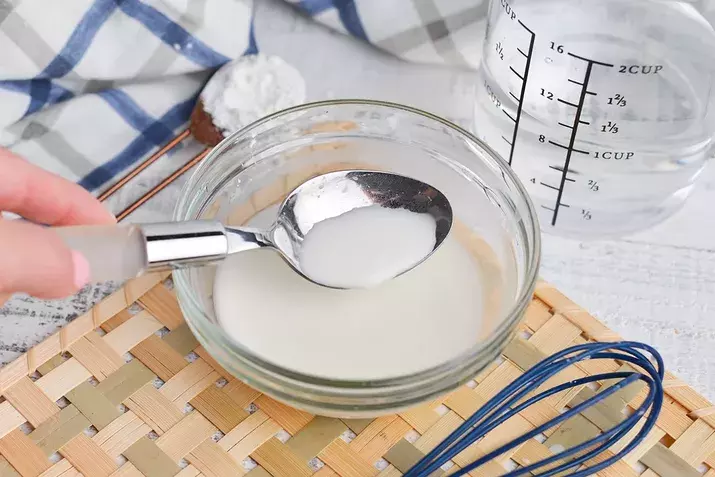
- How It Works: Cornstarch and arrowroot powder are mixed with cold water to create a smooth slurry, which is then added to the sauce. When heated, the starch molecules swell, thickening the sauce.
- Steps to Make and Use a Slurry:
- In a small bowl, mix 1 tablespoon of cornstarch or arrowroot powder with 2 tablespoons of cold water until smooth.
- Gradually whisk the slurry into the simmering BBQ sauce, stirring constantly to avoid lumps.
- Continue to cook the sauce for a few minutes until it thickens to the desired consistency. Arrowroot tends to thicken at a lower temperature and gives a clearer finish, while cornstarch can create a slightly glossy appearance.
- Tips for Using Slurries:
- Gradual Addition: Add the slurry slowly to prevent the sauce from becoming too thick too quickly.
- Constant Stirring: Ensure constant stirring when adding the slurry to distribute it evenly and prevent clumping.
- Temperature Sensitivity: Arrowroot is more sensitive to heat and can lose its thickening ability if cooked too long, so add it towards the end of cooking.
Tomato Paste
Adding tomato paste is an excellent way to thicken BBQ sauce while also enriching its flavor. Tomato paste has a thick, concentrated consistency that can enhance the sauce’s depth.

- How It Works: The thick, concentrated nature of tomato paste adds body to the sauce and intensifies the tomato flavor, making it ideal for BBQ sauces with a tomato base.
- Steps to Use Tomato Paste:
- Add 1-2 tablespoons of tomato paste to your simmering BBQ sauce.
- Stir well to incorporate the paste evenly throughout the sauce.
- Continue to cook the sauce for a few minutes, allowing the tomato paste to meld with the other ingredients and thicken the overall consistency.
- Tips for Using Tomato Paste:
- Flavor Adjustment: Tomato paste can intensify the tomato flavor, so adjust other seasonings as needed to balance the sauce.
- Smooth Incorporation: Ensure the paste is well-mixed to avoid lumps and achieve a smooth texture.
Mashed Potatoes
Using mashed potatoes, whether leftover or instant, can add a starchy consistency to BBQ sauce. This method is particularly useful for adding bulk and a unique texture.
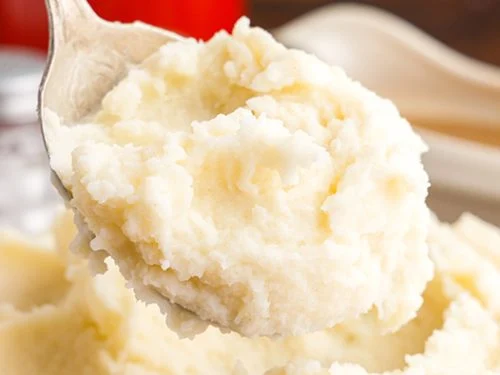
- How It Works: The starch in mashed potatoes helps to thicken the sauce while adding a creamy texture and mild flavor.
- Steps to Use Mashed Potatoes:
- Add a few spoonfuls of mashed potatoes (either freshly made, leftover, or instant) to your BBQ sauce.
- Stir well to incorporate the potatoes evenly throughout the sauce.
- Continue to cook the sauce for a few minutes, allowing the potatoes to break down and thicken the sauce.
- Tips for Using Mashed Potatoes:
- Smooth Texture: Use well-mashed potatoes to avoid lumps in the sauce.
- Flavor Balance: Adjust the seasoning to account for the added potatoes, ensuring the sauce retains its intended flavor profile.
Pureed Vegetables
Pureed vegetables are a nutritious and effective way to thicken BBQ sauce. This method enhances both texture and nutritional content.

- How It Works: Pureed vegetables add bulk and thickness to the sauce while contributing their natural flavors and nutrients.
- Steps to Use Pureed Vegetables:
- Choose vegetables that complement the flavor of your BBQ sauce, such as carrots, bell peppers, or onions.
- Cook the vegetables until tender, then puree them in a blender or food processor until smooth.
- Stir the vegetable puree into your simmering BBQ sauce, mixing well to incorporate.
- Continue to cook the sauce for a few minutes to blend the flavors and thicken the consistency.
- Tips for Using Pureed Vegetables:
- Flavor Compatibility: Choose vegetables that enhance the overall flavor of the sauce.
- Smooth Consistency: Ensure the vegetables are well-pureed to avoid lumps.
Egg Yolks
Incorporating egg yolks can thicken and enrich sauces without scrambling the eggs. This method is common in creamy sauces but can also be applied to BBQ sauce for a rich texture.

- How It Works: Egg yolks thicken sauces through emulsification, adding a rich, creamy texture.
- Steps to Use Egg Yolks:
- Beat 1-2 egg yolks in a bowl.
- Temper the yolks by slowly adding a small amount of the hot BBQ sauce to them, whisking constantly to prevent curdling.
- Gradually whisk the tempered yolks back into the pot of sauce.
- Continue to cook the sauce over low heat, stirring constantly until it thickens. Do not let the sauce boil, as this can cause the yolks to scramble.
- Tips for Using Egg Yolks:
- Temperature Control: Maintain a low heat to prevent the egg yolks from curdling.
- Constant Stirring: Stir continuously to ensure the yolks are evenly distributed and the sauce thickens smoothly.
Butter Swirl
Swirling in cold butter at the end of cooking can thicken BBQ sauce and give it a glossy finish. This method is simple yet effective for enhancing both texture and appearance.

- How It Works: The fat in the butter emulsifies with the sauce, adding richness and a smooth, glossy finish.
- Steps to Use Butter:
- Cut cold butter into small pieces.
- Remove the sauce from heat and immediately stir in the butter, one piece at a time.
- Stir constantly until the butter is fully melted and incorporated into the sauce, creating a silky, thickened consistency.
- Tips for Using Butter:
- Cold Butter: Use cold butter for the best emulsification and to achieve a glossy finish.
- Gradual Addition: Add the butter slowly to ensure it melts evenly and incorporates smoothly.
What Not to Do
Avoid Using All-Purpose Flour
While all-purpose flour is a common thickener in many recipes, it may not be ideal for BBQ sauce due to several reasons:
- Clumping: Adding flour directly to the sauce can cause clumping, resulting in an uneven texture. Flour needs to be mixed into a slurry with water or another liquid before being added to prevent this issue.
- Raw Taste: Flour requires sufficient cooking time to eliminate its raw taste. If not cooked properly, it can leave an unpleasant, floury flavor in the sauce.
- Texture Changes: Flour can make the sauce cloudy and give it a heavier, less smooth texture compared to other thickeners.
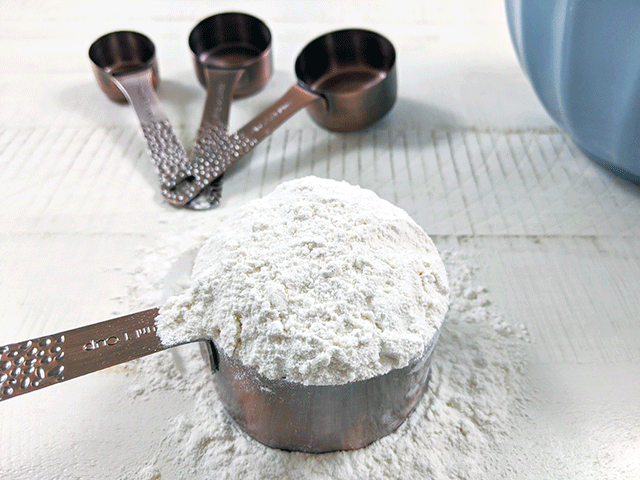
Avoid Using Gums
Gums like xanthan gum or guar gum are powerful thickeners but can be problematic for BBQ sauces:
- Unpleasant Texture: Gums can create a slimy or overly gummy texture if not used correctly, which might be unappealing in a BBQ sauce.
- Measurement Precision: These thickeners require precise measurements and thorough mixing to avoid clumping, which can be challenging without specialized equipment.
- Altered Flavor Profile: Gums can sometimes alter the sauce’s flavor profile, making it taste off or overly processed.
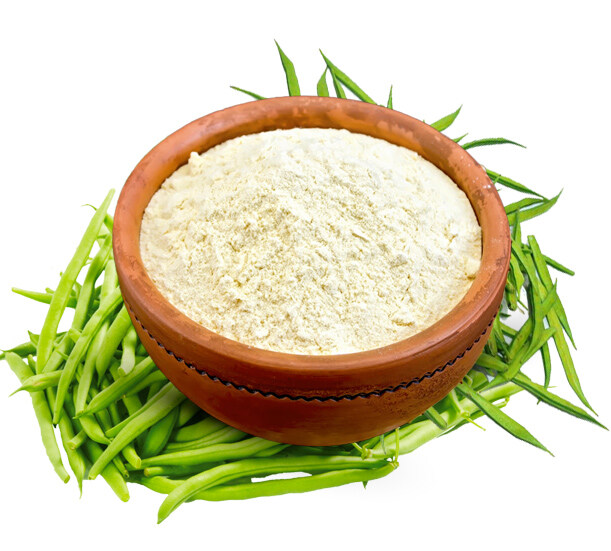
Avoid Using Cold Butter
While butter can add richness and thickness to sauces, using cold butter might not work well for BBQ sauces:
- Separation: Adding cold butter directly to a hot sauce can cause the butter to separate rather than emulsify, leading to an oily layer on top of the sauce instead of thickening it.
- Inconsistent Thickening: Cold butter needs to be added carefully and often in combination with other techniques to achieve the desired consistency without separation.

Avoid Using Breadcrumbs
Breadcrumbs might seem like a quick fix for thickening, but they are not recommended for BBQ sauces:
- Gritty Texture: Breadcrumbs can make the sauce gritty, disrupting the smooth texture that is typically desired in BBQ sauces.
- Flavor Alteration: Breadcrumbs can significantly alter the flavor profile of the sauce, adding an unintended bready or toasted taste that may not complement the BBQ flavors.
- Inconsistency: Breadcrumbs do not dissolve smoothly and can result in an uneven, lumpy consistency.
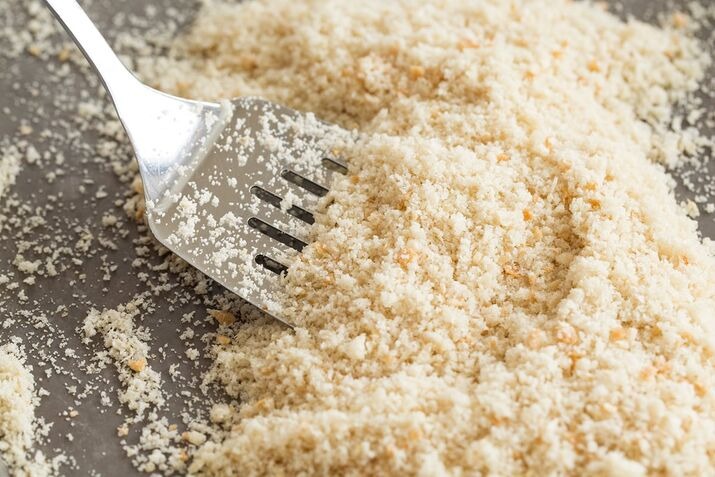
FAQs
How to Adjust the Spiciness
When thickening BBQ sauce, you might also want to adjust the heat level to suit your taste. Here are some tips on how to modify the spiciness of your sauce during the thickening process:
- Increase Spiciness:
- Add Hot Sauce or Chili Paste: Incorporate small amounts of hot sauce or chili paste, such as sriracha or sambal oelek, to increase the heat without altering the sauce’s consistency.
- Include Fresh or Dried Peppers: Finely chop fresh chili peppers or add a pinch of crushed red pepper flakes to boost the spiciness.
- Use Spicy Ingredients: Ingredients like cayenne pepper, chili powder, or spicy mustard can be mixed in gradually to enhance the heat.
- Decrease Spiciness:
- Add Sweeteners: A bit of honey, brown sugar, or molasses can help balance and mellow out the heat in the sauce.
- Incorporate Dairy: While not typical in BBQ sauce, adding a small amount of cream, yogurt, or sour cream can neutralize some of the spiciness.
- Increase Other Ingredients: Diluting the sauce with additional tomato sauce, broth, or a mild BBQ sauce can help reduce the overall heat level.
- Balance Flavors:
- Taste Frequently: Continuously taste the sauce as you adjust the spiciness to ensure it meets your preference without becoming too overpowering.
- Consider Acidity: Adding a splash of vinegar or citrus juice can balance out the heat and enhance the sauce’s overall flavor.
Fixing Texture Issues
- Too Thick:
- Thin with Liquid: Gradually add water, broth, or vinegar while stirring continuously to achieve the desired consistency.
- Adjust Seasoning: After thinning, taste the sauce and adjust seasoning as needed to maintain flavor balance.
- Thin BBQ Sauce:
- Reduce Further: Continue simmering the sauce over low heat to evaporate more liquid and naturally thicken it.
- Add Thickening Agents: Use a cornstarch or arrowroot slurry by mixing 1 tablespoon of starch with 2 tablespoons of cold water, then slowly whisking it into the simmering sauce until the desired thickness is achieved.
- Incorporate Pureed Vegetables: Add pureed vegetables like carrots, onions, or bell peppers to increase thickness and enhance flavor.
- Lumpy Sauce:
- Strain the Sauce: Pour the sauce through a fine-mesh strainer to remove lumps and achieve a smooth texture.
- Blend Until Smooth: Use a blender or immersion blender to break up lumps and create a uniform consistency.
- Prevent Future Lumps: Always mix thickening agents with cold water before adding them to the hot sauce, and add them gradually while stirring constantly.
Troubleshooting Common Issues
Correcting Flavor Mismatches
- Too Sweet:
- Add Acidity: Incorporate a splash of vinegar (apple cider or white vinegar) or a squeeze of lemon juice to balance out the sweetness.
- Increase Spice: Add a bit more chili powder, cayenne pepper, or hot sauce to offset the sweetness.
- Too Spicy:
- Dilute with Base Ingredients: Add more tomato sauce, broth, or a mild BBQ sauce to tone down the heat.
- Sweeten Slightly: Mix in a small amount of brown sugar, honey, or molasses to help mellow the spiciness.
- Too Tangy:
- Add Sweeteners: A little bit of brown sugar, honey, or molasses can help balance out excessive tanginess.
- Incorporate Fat: Stir in a small amount of butter or olive oil to round out the flavors and reduce sharpness.
Balancing Consistency and Flavor
- Over-Thickened Sauce:
- Add Small Amounts of Liquid: Gradually add small amounts of liquid to thin the sauce without diluting the flavor too much.
- Reheat Gently: If the sauce thickens too much upon cooling, reheat it gently while stirring to achieve a slightly thinner consistency.
- Under-Thickened Sauce:
- Simmer Longer: Allow the sauce to simmer longer to evaporate excess liquid and concentrate flavors.
- Add Thickeners Gradually: Introduce thickening agents slowly, allowing time for them to take effect before adding more.
Related Recipes
Looking to explore more delicious BBQ sauce recipes? Check out these mouthwatering options:
Apricot BBQ Sauce
This tangy and sweet apricot BBQ sauce is perfect for glazing ribs, chicken, or pork. The apricot adds a fruity note that balances well with the smokiness of the BBQ.
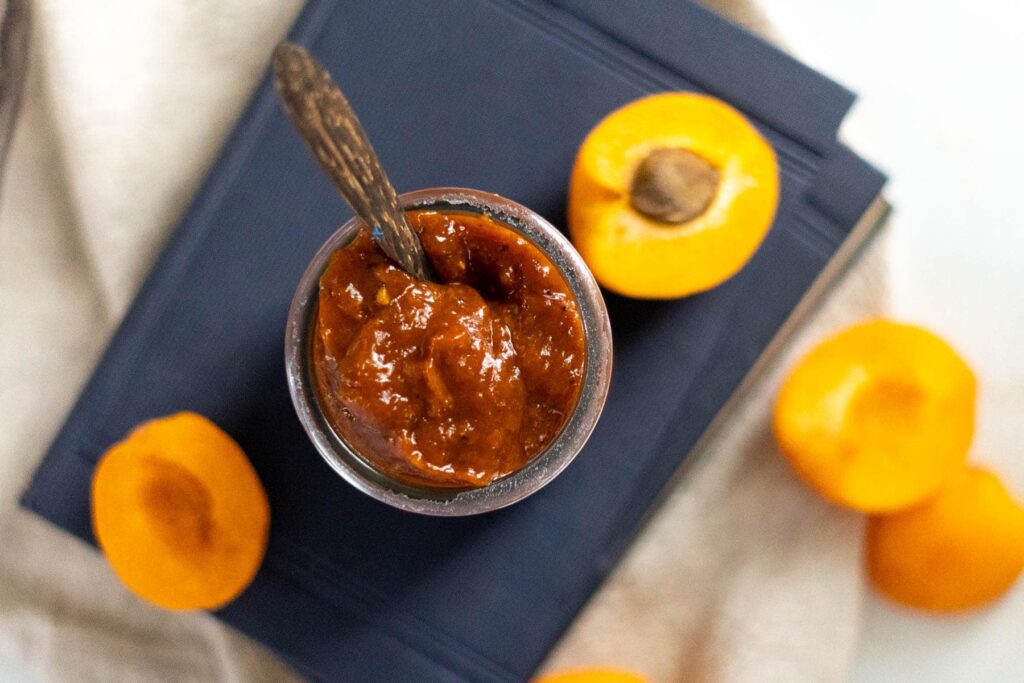
Homemade Honey BBQ Sauce Recipe
Combining the tangy kick of tomato sauce with the sweetness of honey, this sauce is great for dipping or brushing on grilled meats.
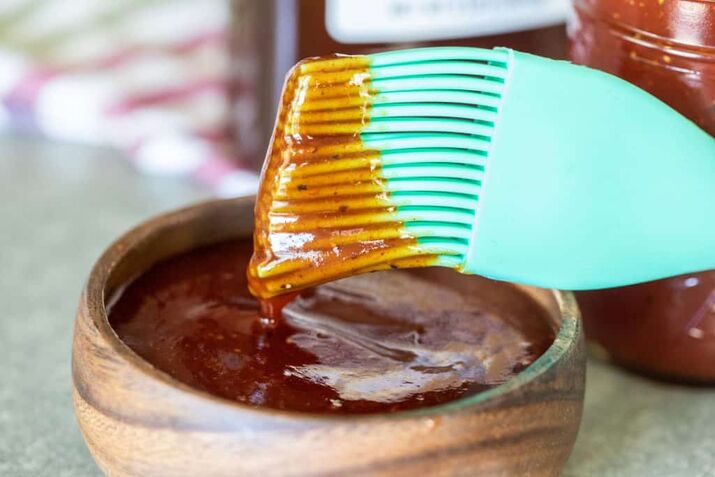
Spicy Chipotle BBQ Sauce
If you love a bit of heat, this spicy chipotle BBQ sauce is for you. The smoky chipotle peppers give it a robust flavor that enhances any grilled dish.
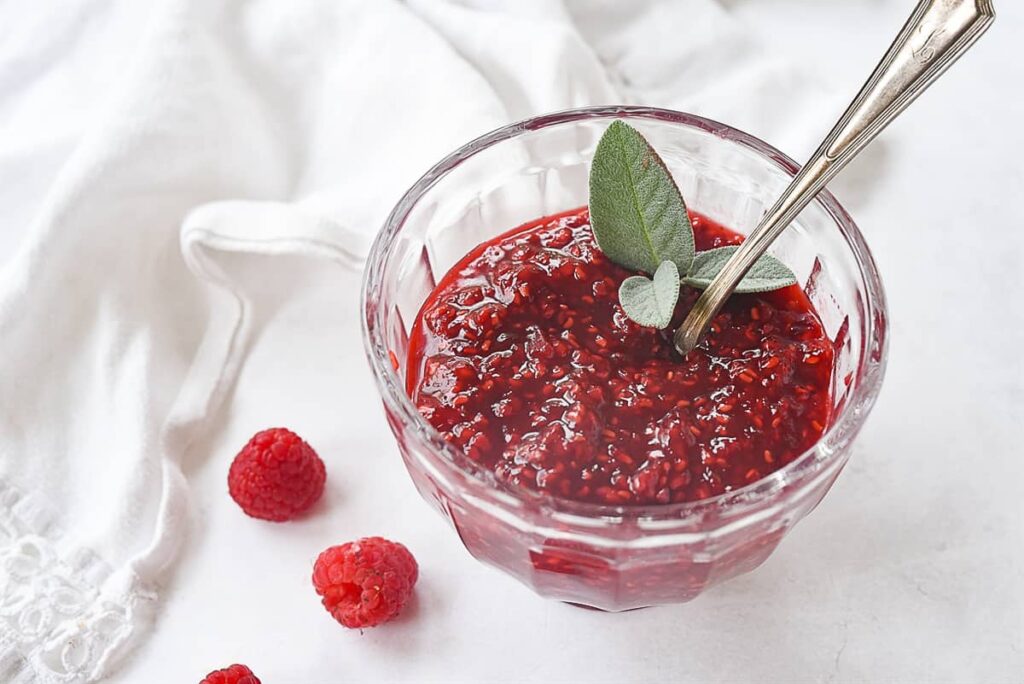
Pineapple BBQ Sauce
Add a tropical twist to your BBQ with pineapple BBQ sauce. The pineapple adds a refreshing sweetness that complements the savory BBQ flavors.
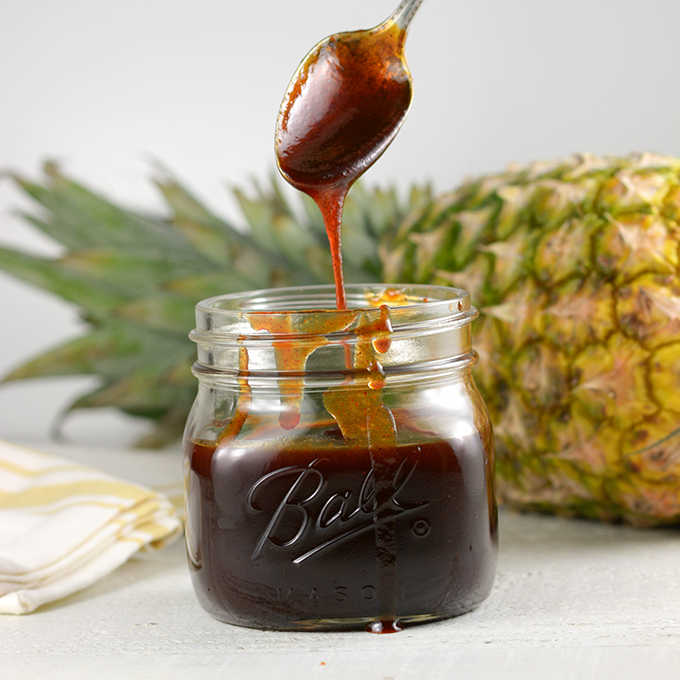
Connect With Us
We’d love to hear from you! Have you tried thickening your BBQ sauce using any of these methods? Share your experiences and results with us. Whether you’ve discovered a new favorite technique or have some tips of your own, we want to know!
Share Your Results Post pictures of your delicious BBQ dishes and tell us how you thickened your sauce. Tag us on social media so we can see your creations and share them with our community.
Join the Conversation Got questions, suggestions, or just want to chat about all things BBQ? Head over to our comment section below. We’re here to help and love hearing from fellow BBQ enthusiasts and don’t forget to Follow Us on Social Media!
Disclosure: Our blog contains affiliate links to products. We may receive a commission for purchases made through these links. However, this does not impact our reviews and comparisons. We try our best to keep things fair and balanced, in order to help you make the best choice for you.


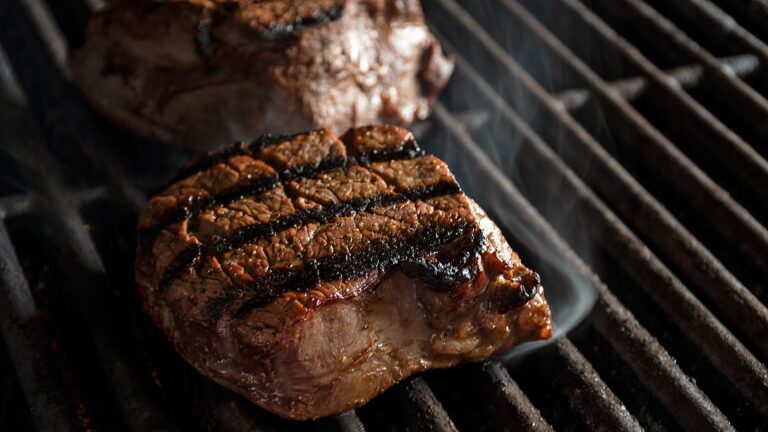

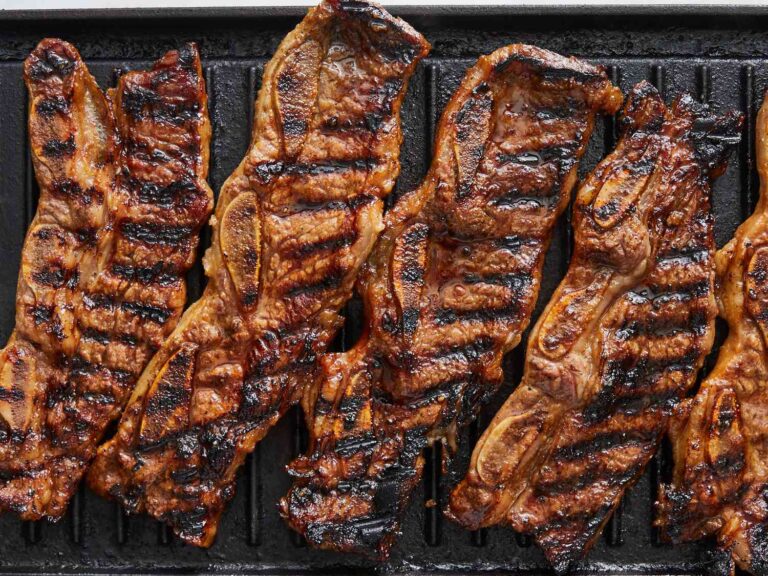
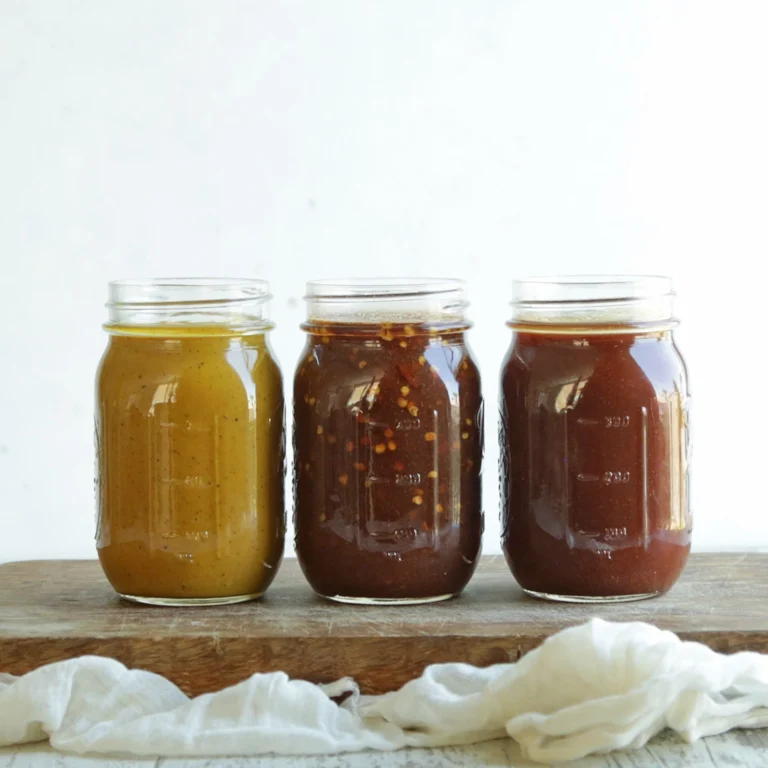
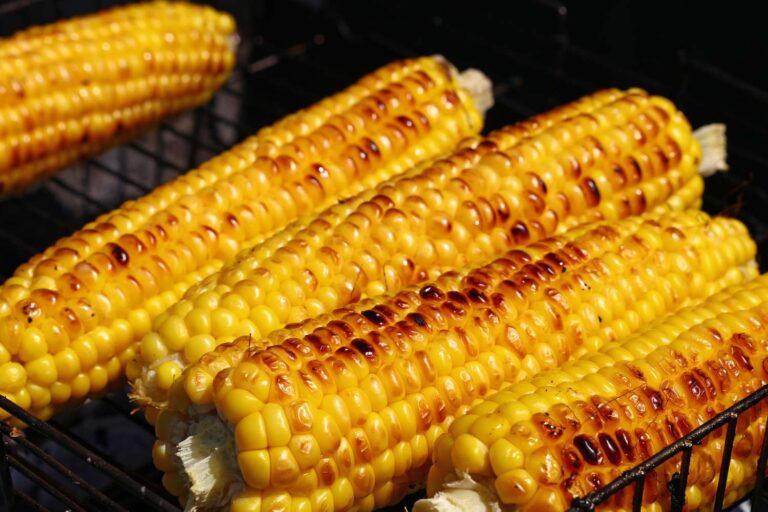
One Comment